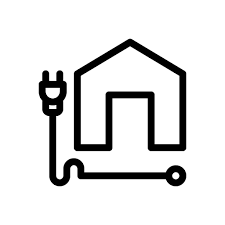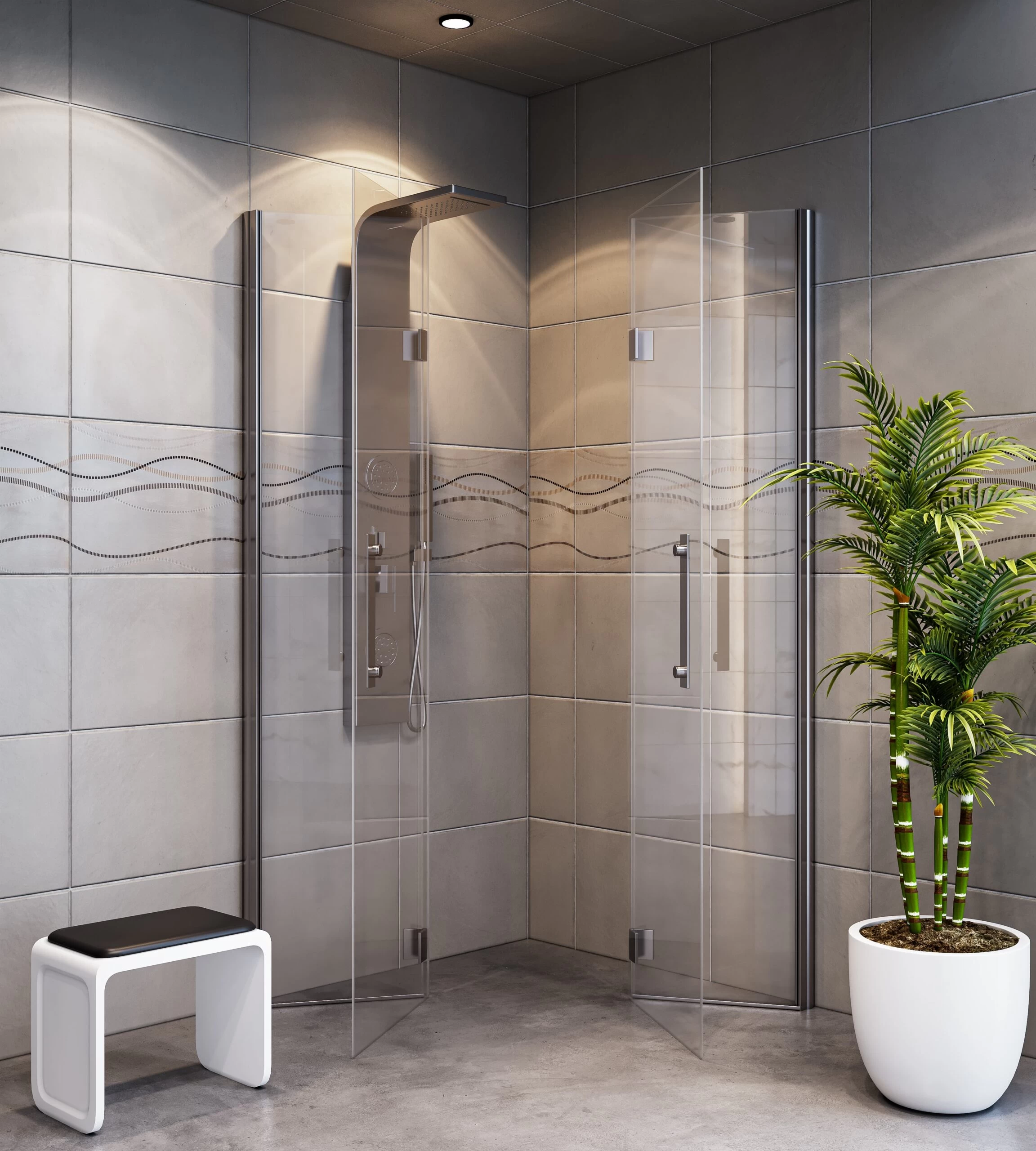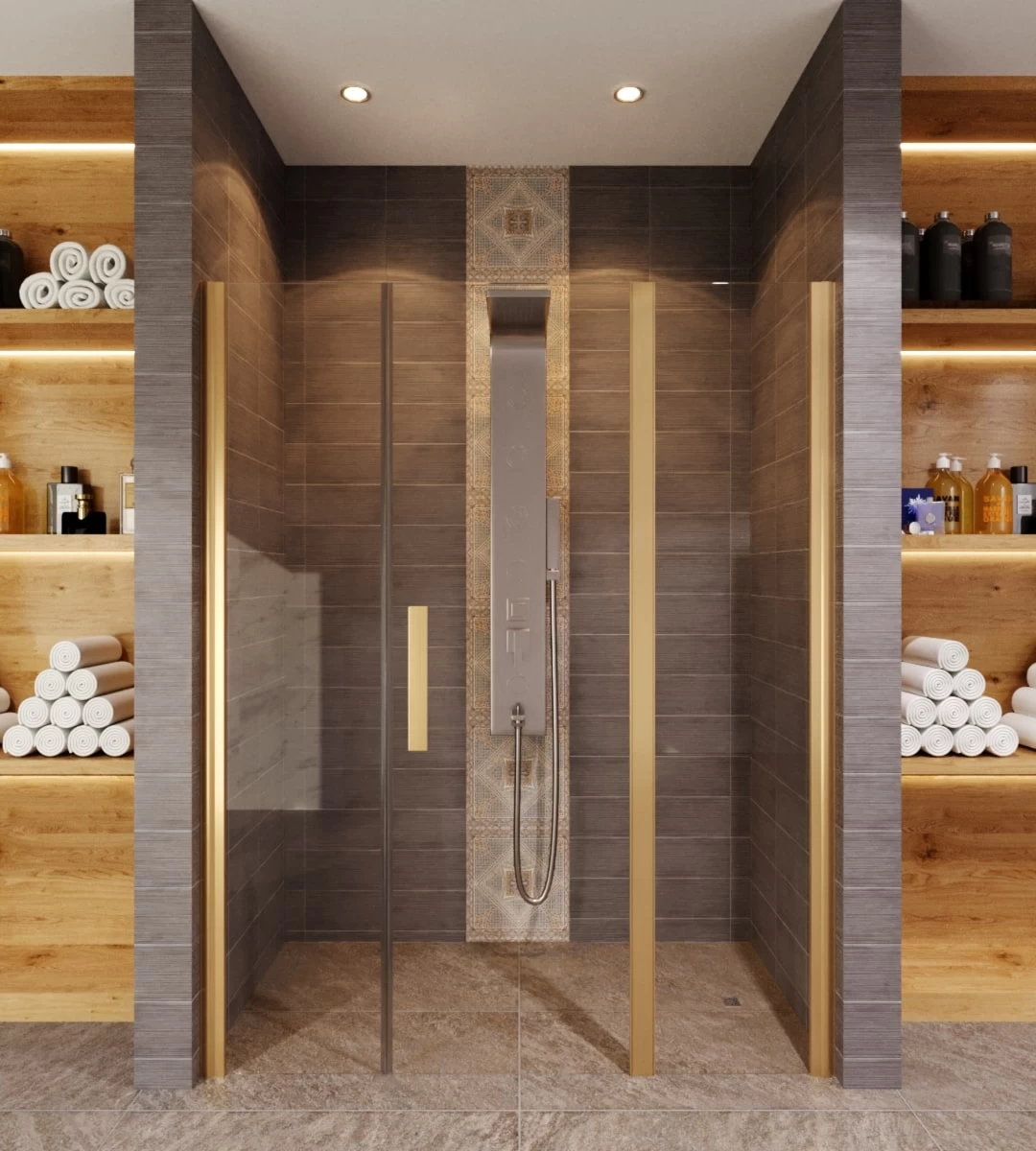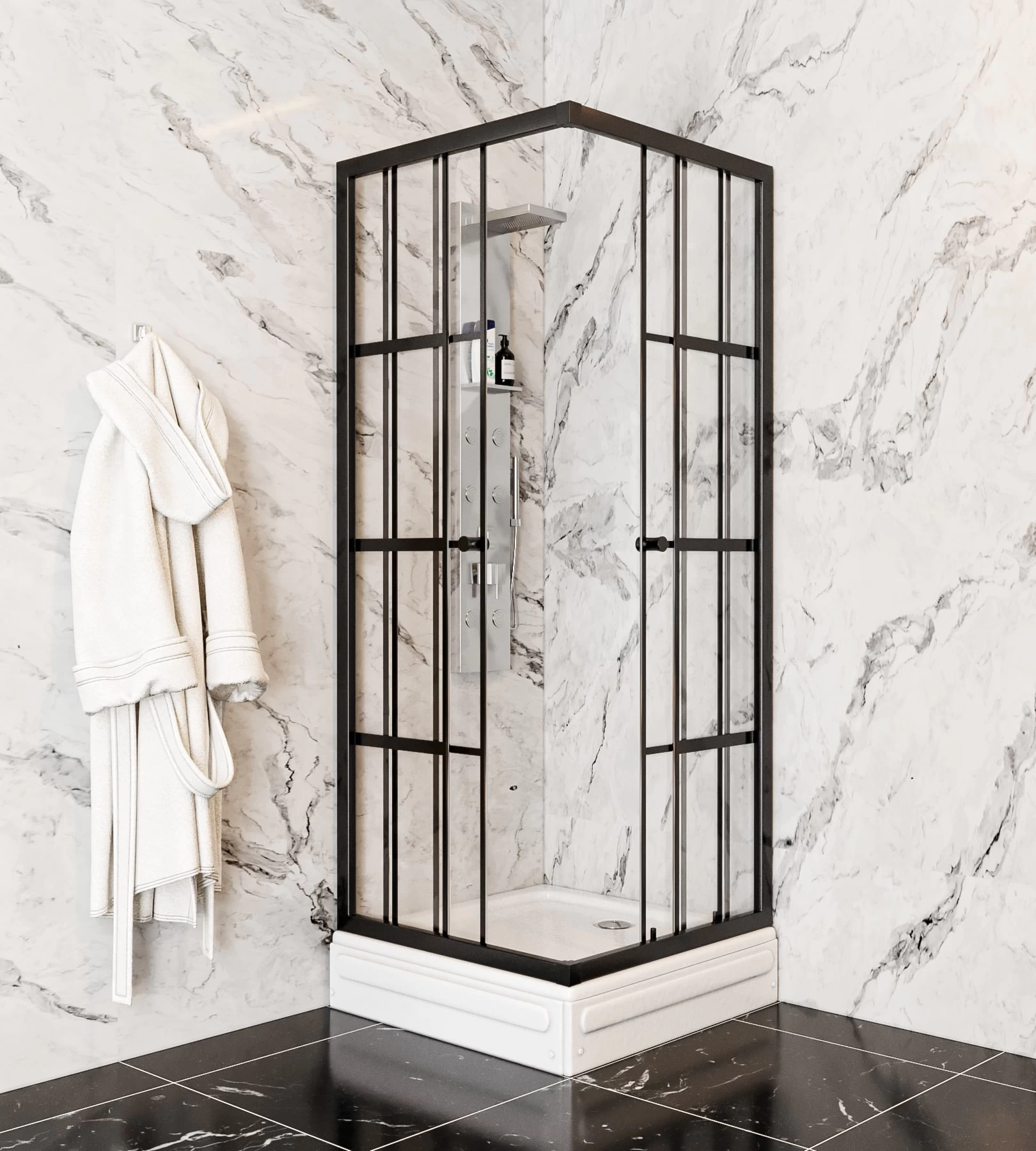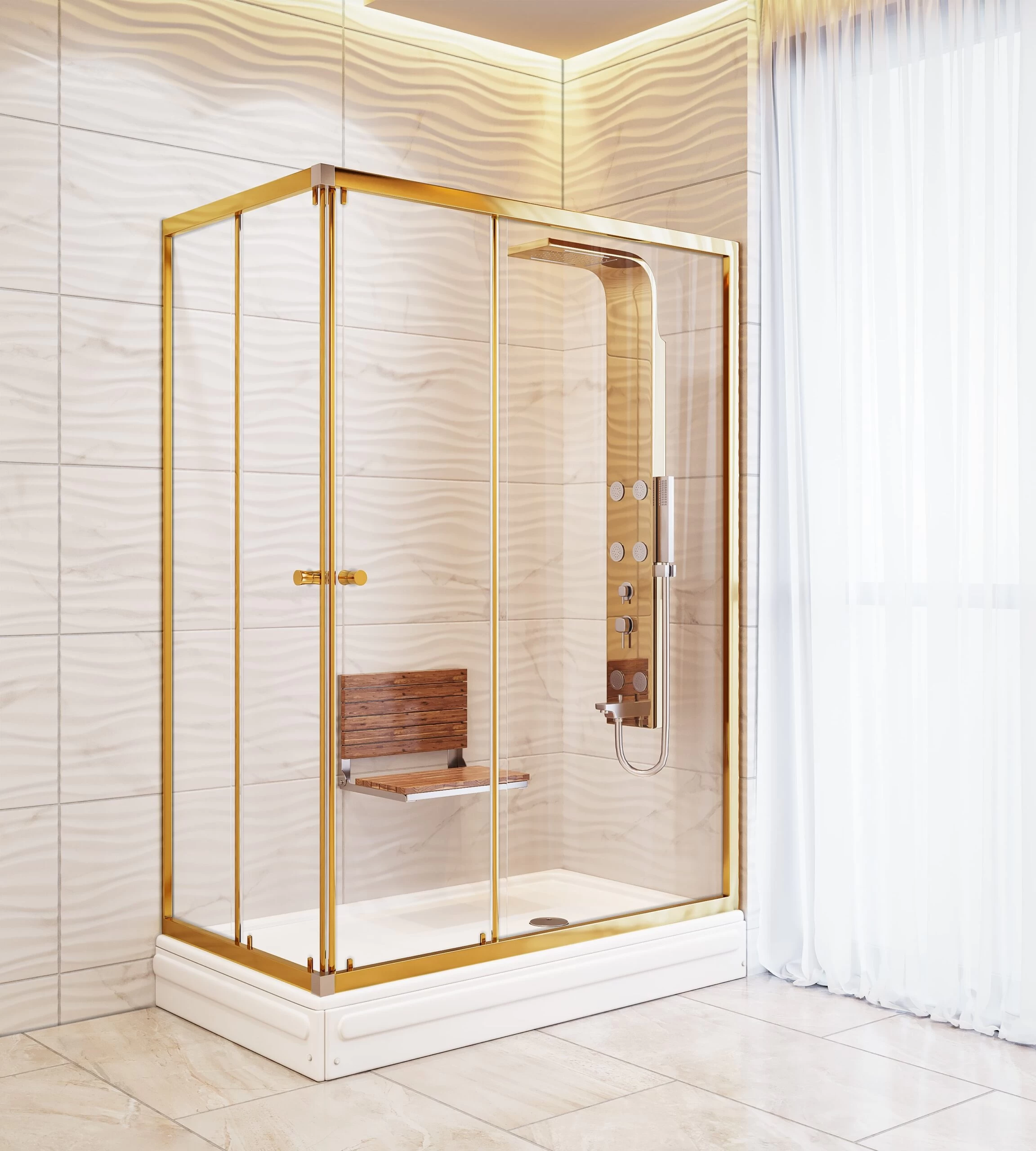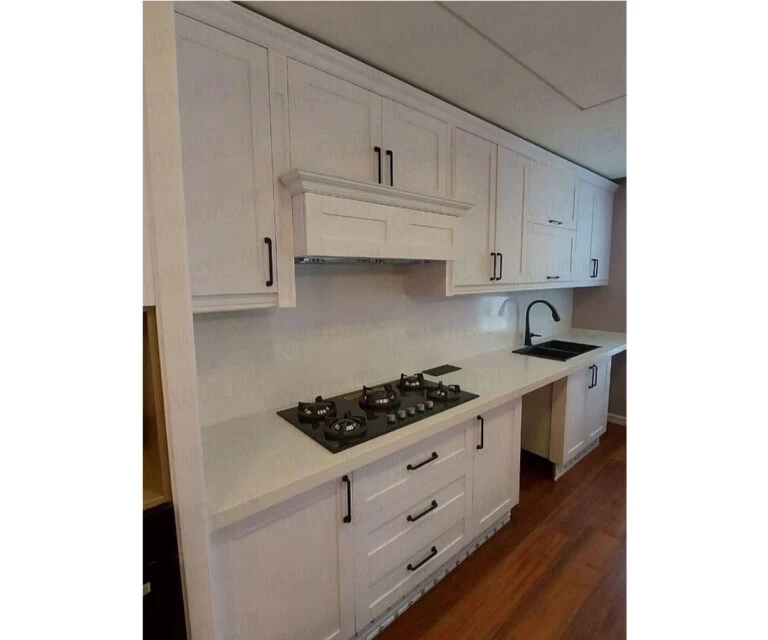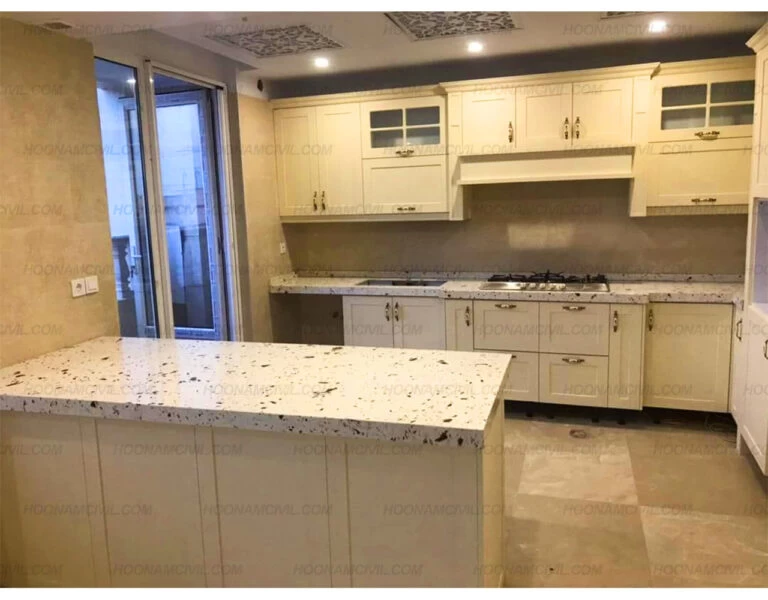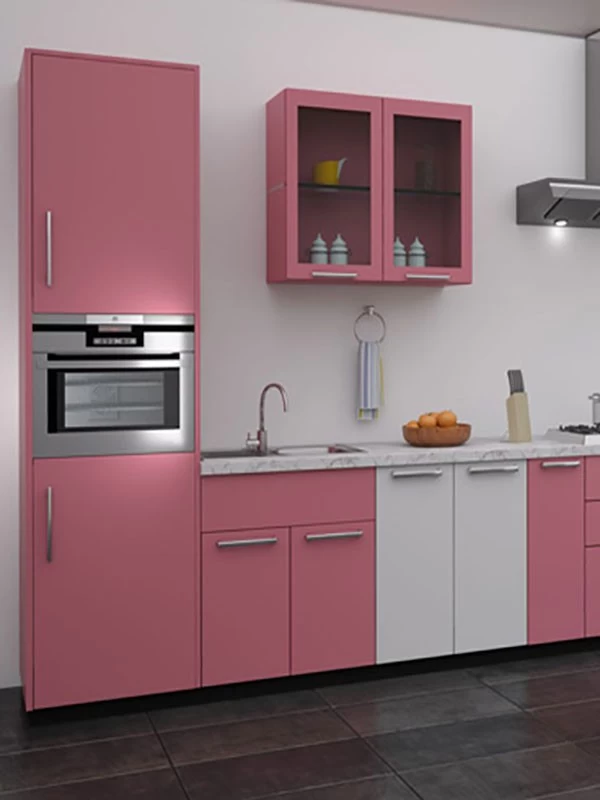Other Home Appliances
Home appliances have become an integral part of modern living, transforming the way we perform daily tasks and manage our households.
These versatile and convenient devices have revolutionized the domestic sphere, making our lives more efficient, comfortable, and connected.
From the humble refrigerator that preserves our food to the sophisticated smart home systems that regulate temperature and lighting, home appliances have become essential companions in our day-to-day lives. They have not only simplified various chores but have also ushered in a new era of energy-efficient and tech-savvy solutions, catering to the evolving needs and preferences of homeowners.
The evolution of home appliances has been marked by remarkable advancements in technology, design, and functionality. Manufacturers constantly strive to introduce innovative features, such as voice-activated controls, Wi-Fi connectivity, and advanced sensor-based automation, empowering users to have greater control and customization over their domestic environments.
Moreover, the growing emphasis on sustainability and environmental consciousness has led to the development of eco-friendly appliances that prioritize energy efficiency and resource conservation. This trend has not only reduced the environmental impact of our homes but has also resulted in significant cost savings for homeowners over the long term.
As we delve deeper into the world of home appliances, we will explore the diverse range of products, their functionalities, and the factors to consider when selecting the right solutions for our homes. Whether it's upgrading a classic kitchen appliance or integrating a sophisticated smart home system, this introduction will serve as a comprehensive guide to help you navigate the ever-evolving landscape of home appliances.
Here is a brief overview of some common home appliances:
Refrigerators:
- Refrigerators are a essential household appliance used to store and preserve perishable foods at cold temperatures.
- Key features include adjustable shelves, crisper drawers for fruits and vegetables, door storage for beverages and condiments, and energy-efficient compressors.
- Modern refrigerators come in a variety of sizes, styles, and finishes to fit different kitchen layouts.
Ovens and Stoves:
- Ovens and stoves are used for cooking and baking food in the home.
- Common types include gas stoves, electric stoves, and dual fuel ranges that combine gas cooktops with electric ovens.
- Features can include multiple burners, convection cooking, self-cleaning modes, and temperature probes.
Dishwashers:
- Dishwashers automate the task of washing dishes, pots, pans, and utensils.
- They use high-temperature water, specialized detergents, and powerful jets to thoroughly clean dishes.
- Newer dishwashers offer energy-efficient cycles, adjustable racks, and quieter operation.
Washing Machines and Dryers:
- Washing machines clean and wash clothes, towels, and other fabrics using water, detergent, and agitation.
- Dryers use heat and air flow to dry the washed items, eliminating the need for line drying.
- Front-loading and top-loading designs, as well as integrated washer-dryer units, are common options.
Other Appliances:
- Small kitchen appliances like microwaves, blenders, coffee makers, and toasters provide additional cooking and food preparation functions.
- Home entertainment systems, including TVs, sound systems, and gaming consoles, are also considered household appliances.
- Heating, ventilation, and air conditioning (HVAC) systems control the temperature and air quality in a home.
The features and energy efficiency of home appliances continue to evolve, providing consumers with greater convenience, functionality, and cost savings.

Here are the key points about how home appliances are typically exported:
1. Packaging and Labeling:
- Home appliances are carefully packaged to protect them during shipping and transport.
- Packaging often includes protective materials like foam, bubble wrap, or cardboard.
- Labeling includes details like the product name, model number, country of origin, and handling instructions.
2. Containerization:
- Home appliances are commonly exported in shipping containers, either full container loads (FCL) or less-than-container loads (LCL).
- Containers protect the appliances from weather, damage, and theft during international transportation.
- Larger appliances like refrigerators, washing machines, etc. are often shipped individually or in small groups per container.
3. Logistics and Transportation:
- Exporters coordinate the logistics, including arranging pickup from the factory, inland transportation to the port, customs clearance, and loading onto the ship.
- Various transportation modes are used, such as truck, rail, and ocean freight, depending on the destination market.
- Transit times can range from a few weeks to over a month for long-distance shipments.
4. Documentation:
- Key documents include the commercial invoice, packing list, bill of lading, and certificates of origin.
- These documents facilitate customs clearance and provide proof of ownership and shipping details.
5. Incoterms:
- Incoterms like FOB, CFR, CIF specify who is responsible for the costs and risks at each stage of the export process.
- This affects the pricing and logistics for the exporter and importer.
Overall, exporting home appliances involves careful packaging, containerization, coordinated logistics, and proper documentation to ensure safe and compliant international delivery.
Exporters of home appliances face several key challenges when shipping internationally:
1. Fragility and Damage Risk:
- Home appliances are often large, heavy, and delicate, making them vulnerable to damage during handling and transport.
- Impacts, vibrations, and temperature extremes can all potentially harm the appliances.
- Careful packaging and loading is required to minimize the risk of dents, scratches, or internal component failure.
2. Oversized and Bulky Dimensions:
- Many home appliances like refrigerators, washing machines, and TV sets have large, bulky dimensions.
- This makes them difficult to fit into standard shipping containers and increases transportation costs.
- Exporters must optimize container utilization and investigate alternative shipping methods when needed.
3. Customs and Regulatory Compliance:
- Appliances must meet various safety, electrical, and energy efficiency standards in the destination market.
- Exporters need to ensure their products comply with all relevant regulations and obtain necessary certifications.
- Navigating complex customs procedures and documentation can also be challenging.
4. Product Liability and Warranty Support:
- If an appliance is damaged or fails after delivery, the exporter may be responsible for repair or replacement costs.
- Providing effective after-sales service and warranty support across international borders is logistically complex.
5. High Transportation Costs:
- The bulky nature of home appliances results in high volumetric weight and freight costs, especially for air freight.
- Exporters must carefully choose the most cost-effective transportation mode while still meeting delivery timelines.
6. Inventory Management:
- Forecasting demand and managing inventory across multiple distribution points globally can be difficult.
- Overstocking or stockouts can both negatively impact an exporter's profitability.

Navigating these challenges requires exporters to have specialized expertise in packaging, logistics, customs, and after-sales support for home appliances.
- Refrigerators are a essential household appliance used to store and preserve perishable foods at cold temperatures.
- Key features include adjustable shelves, crisper drawers for fruits and vegetables, door storage for beverages and condiments, and energy-efficient compressors.
- Modern refrigerators come in a variety of sizes, styles, and finishes to fit different kitchen layouts.
- Ovens and stoves are used for cooking and baking food in the home.
- Common types include gas stoves, electric stoves, and dual fuel ranges that combine gas cooktops with electric ovens.
- Features can include multiple burners, convection cooking, self-cleaning modes, and temperature probes.
- Dishwashers automate the task of washing dishes, pots, pans, and utensils.
- They use high-temperature water, specialized detergents, and powerful jets to thoroughly clean dishes.
- Newer dishwashers offer energy-efficient cycles, adjustable racks, and quieter operation.
- Washing machines clean and wash clothes, towels, and other fabrics using water, detergent, and agitation.
- Dryers use heat and air flow to dry the washed items, eliminating the need for line drying.
- Front-loading and top-loading designs, as well as integrated washer-dryer units, are common options.
- Small kitchen appliances like microwaves, blenders, coffee makers, and toasters provide additional cooking and food preparation functions.
- Home entertainment systems, including TVs, sound systems, and gaming consoles, are also considered household appliances.
- Heating, ventilation, and air conditioning (HVAC) systems control the temperature and air quality in a home.

- Home appliances are carefully packaged to protect them during shipping and transport.
- Packaging often includes protective materials like foam, bubble wrap, or cardboard.
- Labeling includes details like the product name, model number, country of origin, and handling instructions.
- Home appliances are commonly exported in shipping containers, either full container loads (FCL) or less-than-container loads (LCL).
- Containers protect the appliances from weather, damage, and theft during international transportation.
- Larger appliances like refrigerators, washing machines, etc. are often shipped individually or in small groups per container.
- Exporters coordinate the logistics, including arranging pickup from the factory, inland transportation to the port, customs clearance, and loading onto the ship.
- Various transportation modes are used, such as truck, rail, and ocean freight, depending on the destination market.
- Transit times can range from a few weeks to over a month for long-distance shipments.
- Key documents include the commercial invoice, packing list, bill of lading, and certificates of origin.
- These documents facilitate customs clearance and provide proof of ownership and shipping details.
- Incoterms like FOB, CFR, CIF specify who is responsible for the costs and risks at each stage of the export process.
- This affects the pricing and logistics for the exporter and importer.
- Home appliances are often large, heavy, and delicate, making them vulnerable to damage during handling and transport.
- Impacts, vibrations, and temperature extremes can all potentially harm the appliances.
- Careful packaging and loading is required to minimize the risk of dents, scratches, or internal component failure.
- Many home appliances like refrigerators, washing machines, and TV sets have large, bulky dimensions.
- This makes them difficult to fit into standard shipping containers and increases transportation costs.
- Exporters must optimize container utilization and investigate alternative shipping methods when needed.
- Appliances must meet various safety, electrical, and energy efficiency standards in the destination market.
- Exporters need to ensure their products comply with all relevant regulations and obtain necessary certifications.
- Navigating complex customs procedures and documentation can also be challenging.
- If an appliance is damaged or fails after delivery, the exporter may be responsible for repair or replacement costs.
- Providing effective after-sales service and warranty support across international borders is logistically complex.
- The bulky nature of home appliances results in high volumetric weight and freight costs, especially for air freight.
- Exporters must carefully choose the most cost-effective transportation mode while still meeting delivery timelines.
- Forecasting demand and managing inventory across multiple distribution points globally can be difficult.
- Overstocking or stockouts can both negatively impact an exporter's profitability.

FAQs
What are the main risks of damage when shipping home appliances?
Home appliances are vulnerable to impacts, vibrations, and temperature extremes during shipping, which can cause dents, scratches, or internal component failure.
How do the large dimensions of home appliances complicate the export process?
The bulky size of many home appliances makes them difficult to fit into standard shipping containers, reducing container utilization and increasing transportation costs.
What regulatory and compliance issues do exporters face when shipping home appliances?
Appliances must meet safety, electrical, and energy efficiency standards in the destination market, and exporters must navigate complex customs procedures and documentation requirements.
Why is providing after-sales service and warranty support a challenge for home appliance exporters?
Logistics of delivering effective repair and replacement services across international borders can be complex for exporters.
 +7929688-88-14
+7929688-88-14

 English
English
 Persian
Persian
 Russian
Russian
 Chinese
Chinese


 +7929688-88-14
+7929688-88-14


